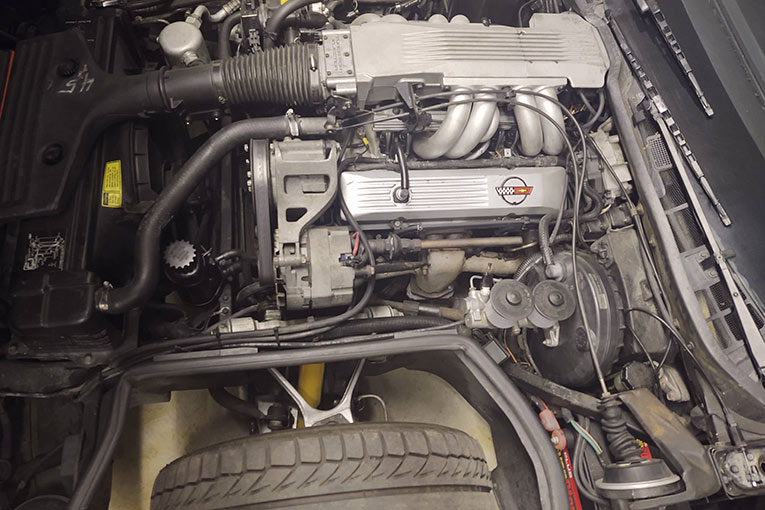From 1929 and 1955, Chevrolet only offered six-cylinder engines. To address the burgeoning performance market, chief engineer Ed Cole set out to design a Chevrolet V8 that was powerful, lightweight and affordable. His solution was elegantly simple: a compact, efficient 90-degree V8 engine, featuring overhead valves, pushrod valvetrain, and 4.4-inch on-center bore spacing. The Chevrolet Big Block follows the same formula, with the exception of a wider 4.8 inch bore spacing.

When it debuted, the Chevrolet Small Block delivered 195 horsepower with an optional four-barrel carburetor, and outperformed most anything then on the market. But that was just the beginning. New technologies rapidly increased horsepower. Just two years after the Small Block was introduced, the addition of fuel injection increased output to 283 horsepower – or one horsepower for every cubic inch of the 283 cid engine. By 1970, the Chevy V8 family grew to include a staggering 450 horsepower, 454-cid Big Block.

Today, Chevrolet sells more four-cylinder engines than V8s. But, descendents of the original Chevrolet small block still power Chevrolet’s most-capable production and racing vehicles. As per the original, the newer V8s are physically small and light – and extremely efficient at turning fuel into horsepower. On the street, the modern Small Block powers Chevrolet’s full-size trucks, such as Silverado and Suburban, as well as performance cars including the Camaro and Corvette.










